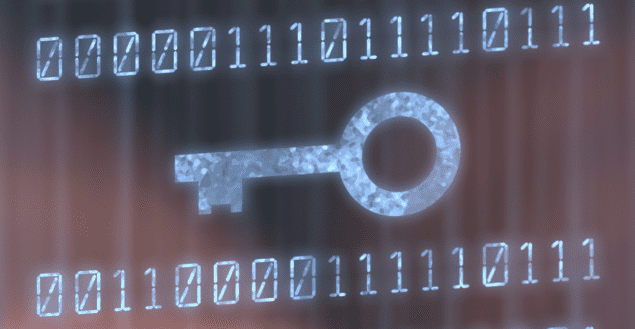Encrypted quantum keys sent a record-breaking 421 km in optical fibre
13 Nov 2018
Encrypted quantum keys have been sent across a record-breaking 421 km of optical fibre at the fastest data rate ever achieved for long-distance transmission. Alberto Boaron and colleagues at University of Geneva and ID Quantique in Switzerland and Corning in the US achieved this feat by modifying the detectors used for quantum key distribution (QKD) to minimize noise. Their experiment represents a significant advance in the secure exchange of quantum information.
QKD uses the laws of quantum mechanics to ensure that an eavesdropper cannot intercept a cryptography key without alerting the sender and recipient.
Over the last decade, rapid advances in QKD have made the technology increasingly attractive for parties including banks and governments desiring fast, secure exchanges of sensitive information. Despite its progress, however, QKD still faces significant barriers to improvements in the speeds and distances over which encryption keys can be exchanged.
At the heart of the problem are the natural thermal fluctuations found in the detectors picking up key-carrying photons, as well as blackbody radiation from the optical fibres transporting the photons. If left unchecked, these fluctuations will cause detectors to read out photons mistakenly, resulting in erroneous “dark counts”. The number of dark counts increases exponentially with transmission distance, greatly reducing the system’s signal-to-noise ratio, and subsequently, the rates at which encrypted quantum keys can be transmitted.
Spiral nanowires
Boaron’s team modified the design of their detectors to reduce noise in the system. Their setup consisted of superconducting nanowire single-photon detectors arranged in spiralling patterns on a flat surface. Once in place, the nanowires were cooled down to 0.8 K to further minimize their thermal fluctuations, while the optical fibres transporting the key-carrying photons were cooled to 40 K to reduce their blackbody radiation.
With these adaptations in place, the team observed a dark count rate of just 0.1 Hz in their detectors – two orders of magnitude lower than achievable with current commercially-available nanowire detectors. In practice, this improvement allowed the researchers’ apparatus to achieve key rates 100 times higher than those demonstrated in previous studies for lengths of optical fibre between 251 km and 404 km. Key rates also remained positive over a distance of 421 km – the longest QKD transmission distance achieved so far. In addition, the results remained highly stable over time, with Boaron’s team observing consistent key rates over experimental running times of up to 24 hours.
Despite these improvements, the team’s conventional QKD setup is not as secure as “measurement-device-independent” QKD – which was used to set the previous record of 404 km. However, further improvements to the simpler approach taken by Boaron and colleagues could make conventional QKD the preferred method for some applications including digital telephony in metropolitan networks.
The research is described in Physical Review Letters.
13/11/2018 from physicsworld.com

Δεν υπάρχουν σχόλια:
Δημοσίευση σχολίου